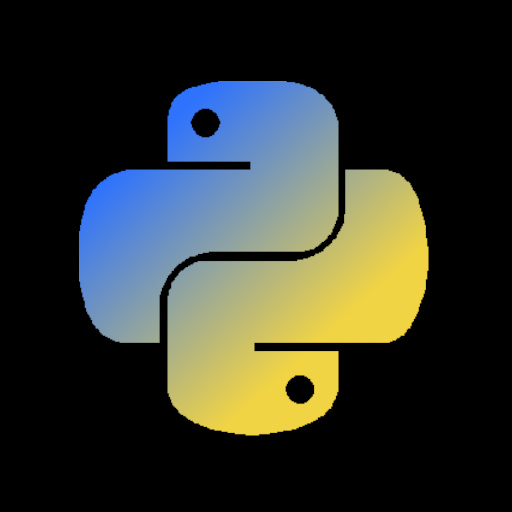

Wouldn’t the algorithm that creates these models in the first place fit the bill? Given that it takes a bunch of text data, and manages to organize this in such a fashion that the resulting model can combine knowledge from pieces of text, I would argue so.
What is understanding knowledge anyways? Wouldn’t humans not fit the bill either, given that for most of our knowledge we do not know why it is the way it is, or even had rules that were - in hindsight - incorrect?
If a model is more capable of solving a problem than an average human being, isn’t it, in its own way, some form of intelligent? And, to take things to the utter extreme, wouldn’t evolution itself be intelligent, given that it causes intelligent behavior to emerge, for example, viruses adapting to external threats? What about an (iterative) optimization algorithm that finds solutions that no human would be able to find?
Intellegence has a very clear definition.
I would disagree, it is probably one of the most hard to define things out there, which has changed greatly with time, and is core to the study of philosophy. Every time a being or thing fits a definition of intelligent, the definition often altered to exclude, as has been done many times.




We rarely prove something correct. In mathematics, logical proofs are a thing, but in astronomy and physics it is moreso the case that we usually have a model that is accurate enough for our predictions, until we find evidence to the contrary, like here, and have an opportunity to learn and improve.
You really can’t ever prove a lot of things to be correct: you would have to show that no more cases exist that are not covered. But even despite the lack of proven correctness for all cases, these models are useful and provide correct predictions (most of the time), science is constantly on the lookout for cases where the model is wrong or incorrect.